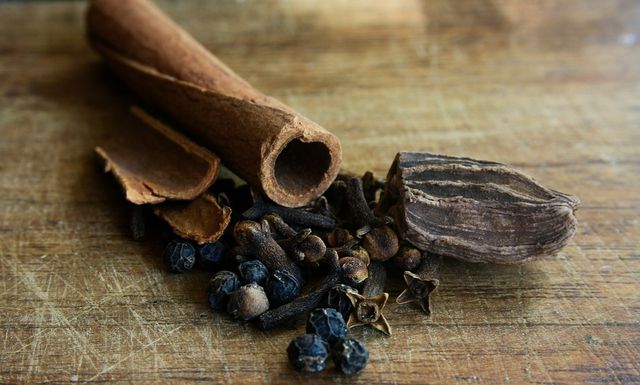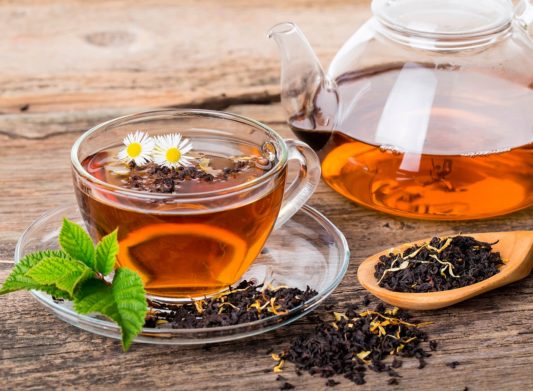Chai tea originally comes from India and is called Chai Masala there. Due to its unmistakably spicy aroma, it is now also very popular with us. We’ll show you how to make your own spiced tea blend.
Chai is derived from the North Chinese language and the word “Cha”, which simply means tea. Tea, like the word, found its way to the rest of the world via the Silk Road. To this day, tea is referred to as cay or chai in many places around the world. Strictly speaking, chai tea means nothing more than tea tea.
Today, chai tea is a popular spice tea from India. There the spiced tea is called Chai Masala. The delicious tea originated from Ayurvedic nutrition.
Chai tea: The spices have this effect

There is no single recipe for chai masala. Often, family recipes have been passed down through generations. That’s why chai tea always tastes a little different. The spicy tea is said to have a digestive effect. In addition, the caffeine and spices it contains should be stimulating instead of exciting.
Chai masala is always brewed with fresh spices, while chai latte, a Western invention, is often made with syrup. The following ingredients are found in most chai tea blends:
Ginger: The root gives the tea a certain spiciness. It has an antibacterial effect and stimulates the production of digestive juices. Ginger is also said to help with nausea.
Cloves: Cloves also have an antibacterial effect and are rich in antioxidants. In addition to cinnamon, they provide the tea with a Christmassy taste.
Cardamom: Cardamom gives an unmistakably sweet note. The capsule is also said to have a digestive and calming effect on the stomach.
Black pepper: The piperine it contains has numerous positive effects on our health. It has an anti-inflammatory and expectorant effect. In terms of taste, pepper intensifies the spiciness of the tea.
Cinnamon: In addition to the uniquely sweet taste, cinnamon is also very healthy. The spice stimulates intestinal activity and prevents flatulence. It is also said to help lower cholesterol levels.
Fennel seeds: Fennel also has a positive effect on digestion. The seeds stimulate the appetite and stimulate bowel movements while preventing flatulence.
Anise: The seeds are said to have an expectorant and antispasmodic effect. In terms of taste, anise rounds off the spiced tea well with its sweetish-tart note.
Black Tea: Adding black tea leaves to chai tea is optional. Chai is often prepared with Assam tea. The tea leaves contain caffeine and are responsible for the stimulating effect.
Ingredients for your chai tea

Chai Masala is a perfect drink for cold days as the spiciness warms up your body from the inside. You can also easily make the tea yourself and do not have to resort to overpriced products from the tea house or syrup with unnecessary additives.
When buying spices and tea, it is particularly important to rely on organic quality. This avoids pollution from pesticides. When it comes to black tea, also look out for the Fairtrade seal. This guarantees you fair trade, from which the workers on the tea plantations also benefit.
The classic Indian chai tea has a very intense taste. That is why it is often prepared with milk. With regional plant milk, such as oat milk, you can easily conjure up a vegan version.
There are also countless options for sweetening your chai tea. Honey or coconut blossom syrup round off the flavor of the tea particularly well, but brown sugar is also a good choice.
If you like it spicy and a little hotter, you can of course also drink Chai tea pure.
Ingredients for about a liter of chai:
1 stick of cinnamon
5 capsules of cardamom
4 cloves
2 teaspoons aniseed
1 tbsp fennel seeds
2 tsp finely chopped ginger root
3 tbsp organic black tea (alternatively 3 tea bags)
sweetener of your choice
optional milk of your choice
